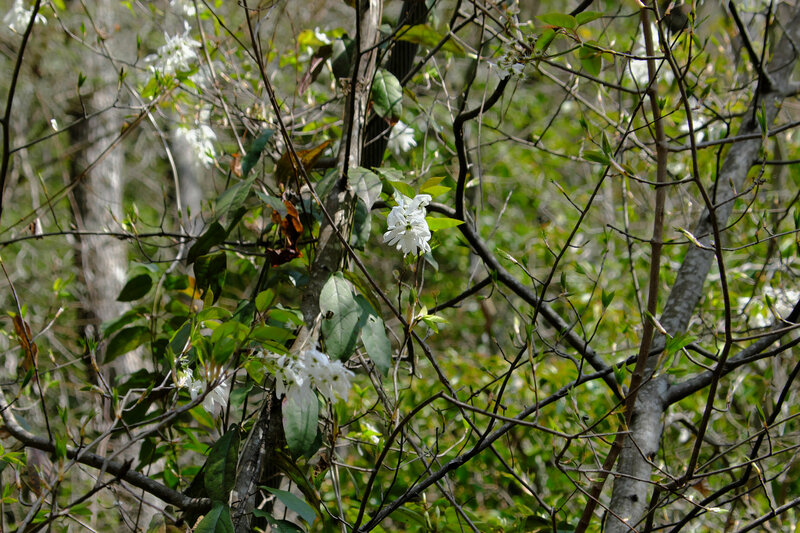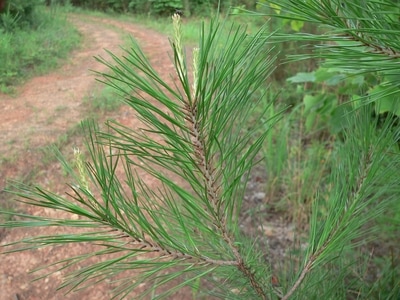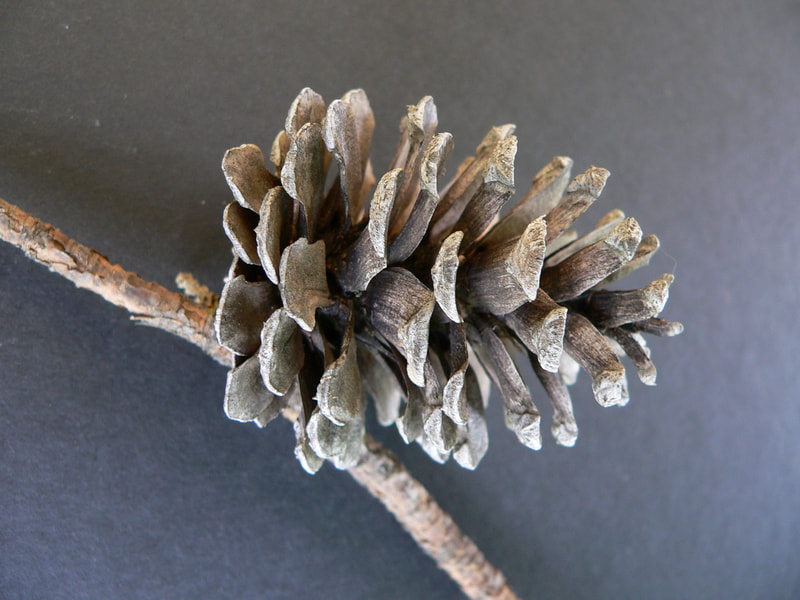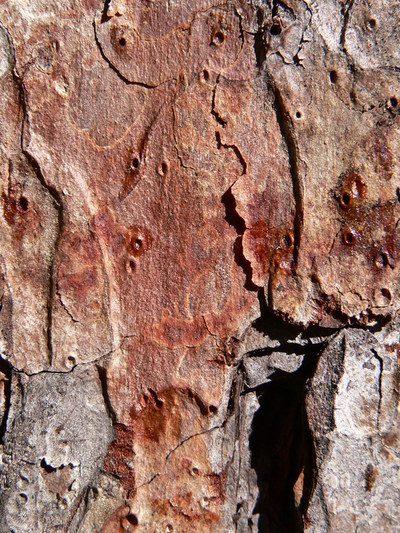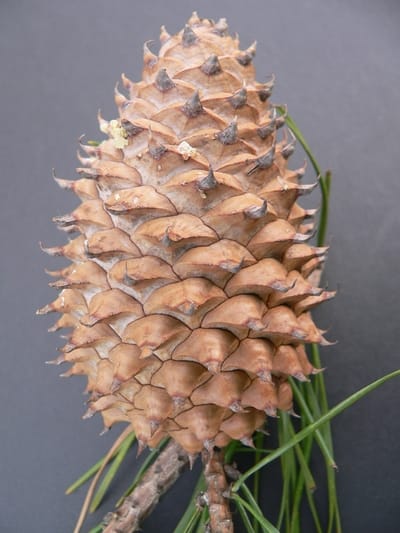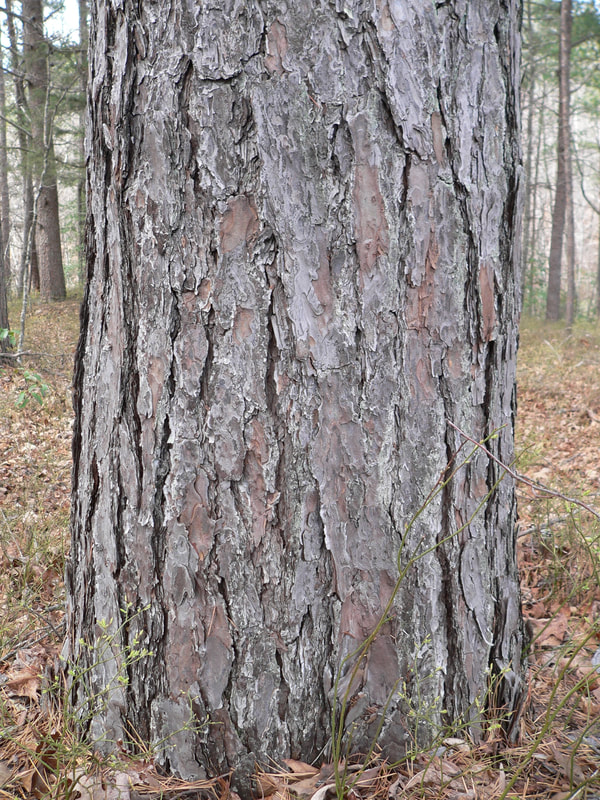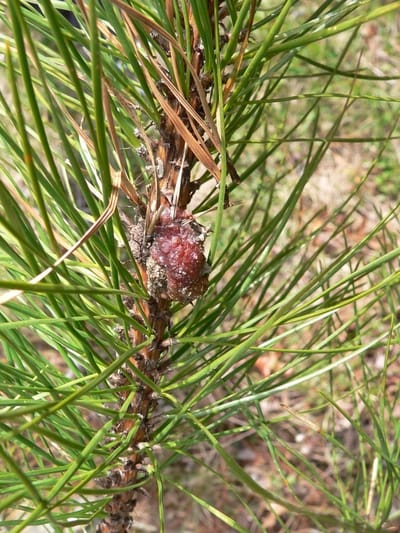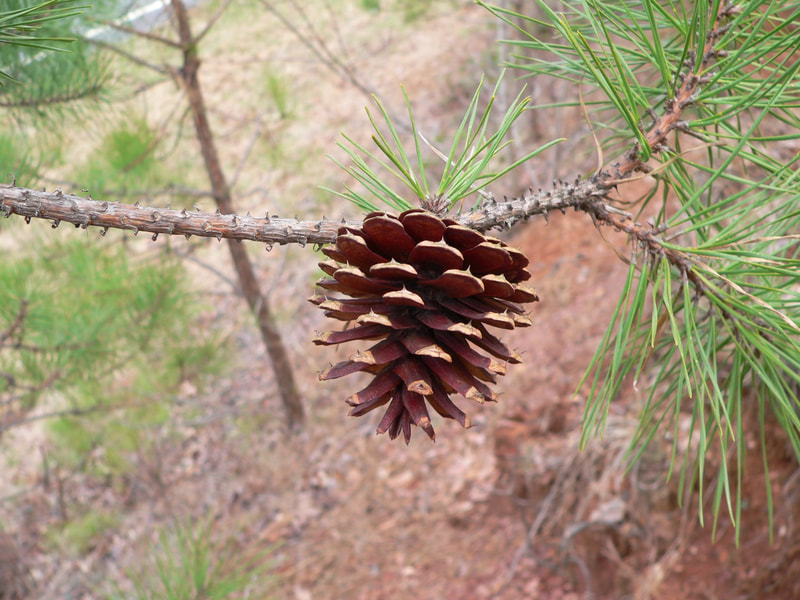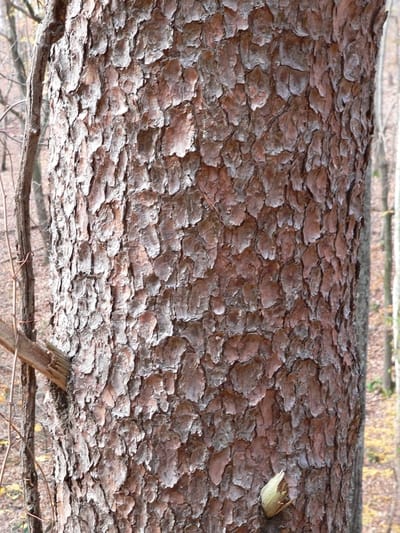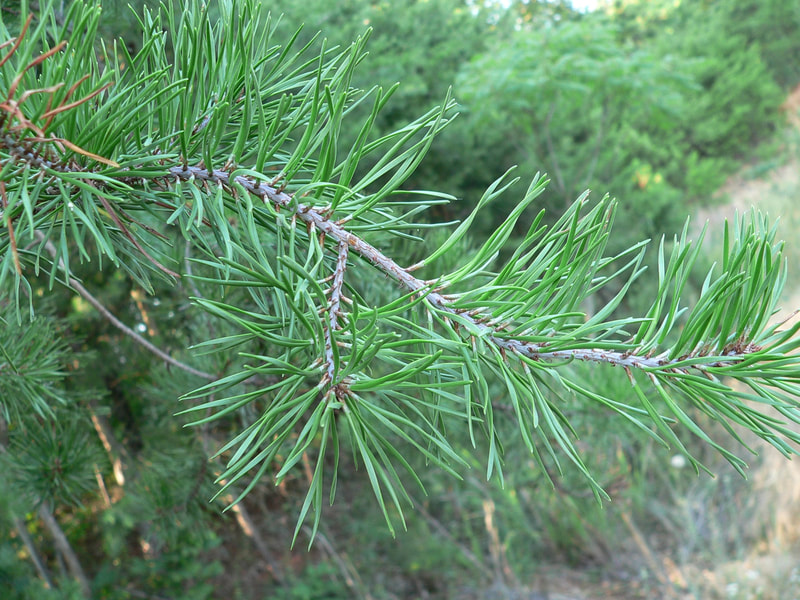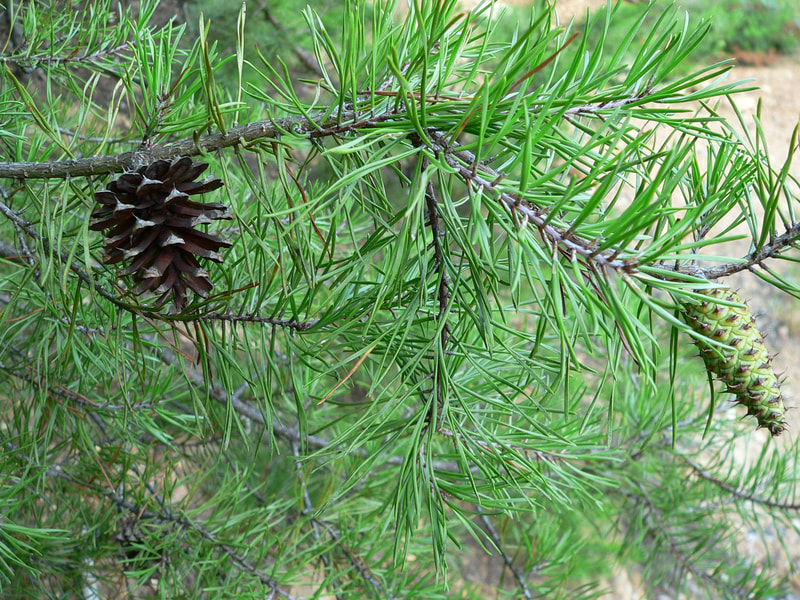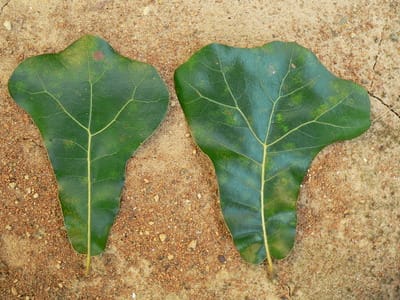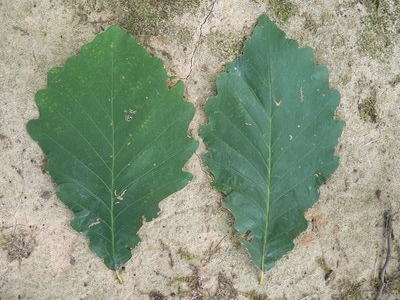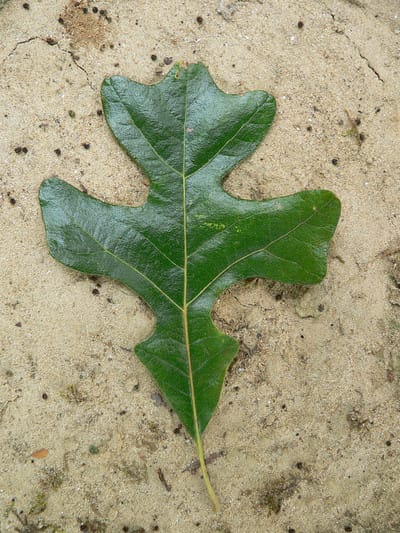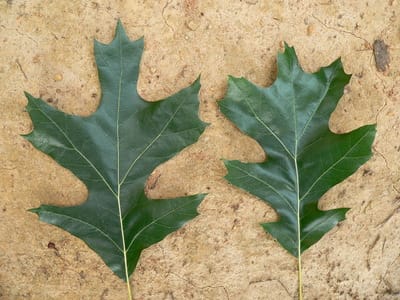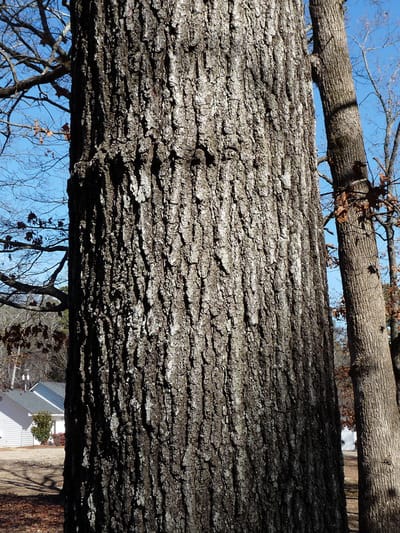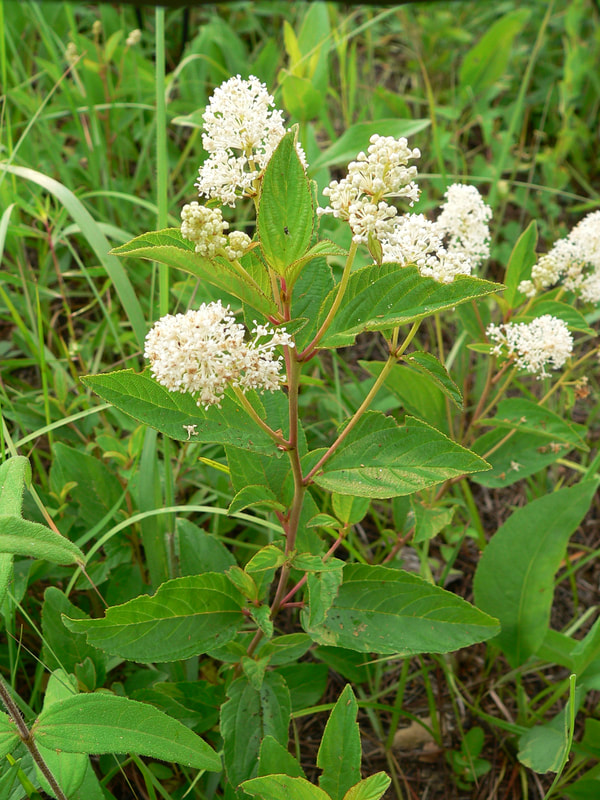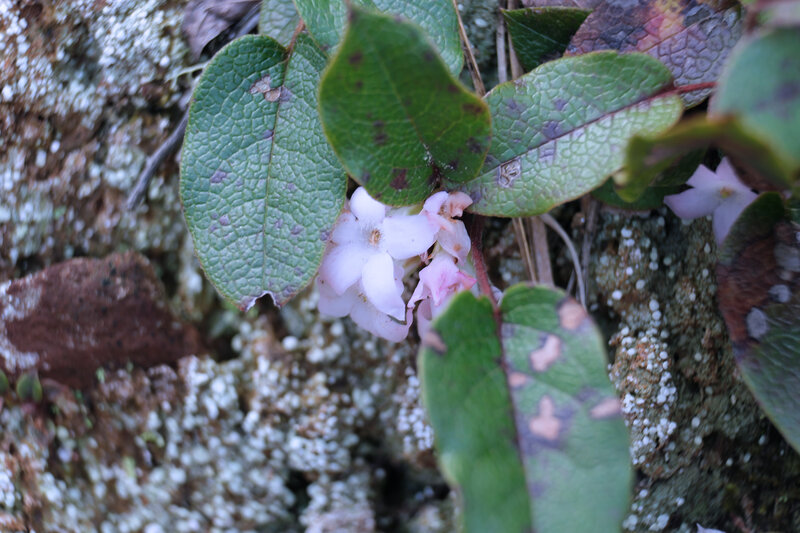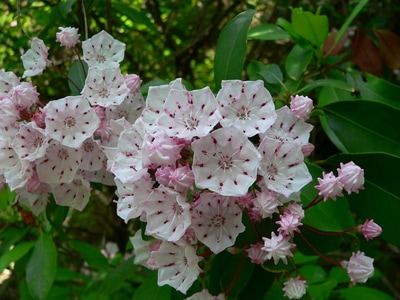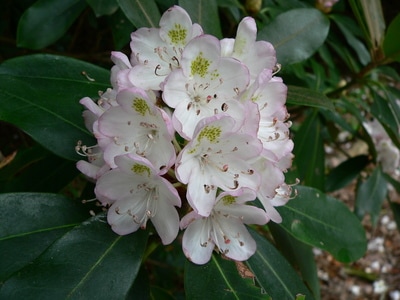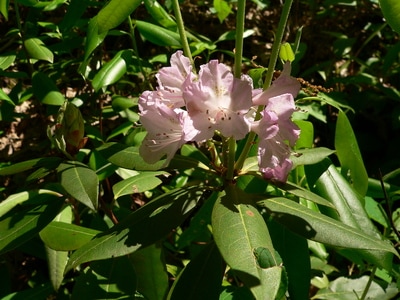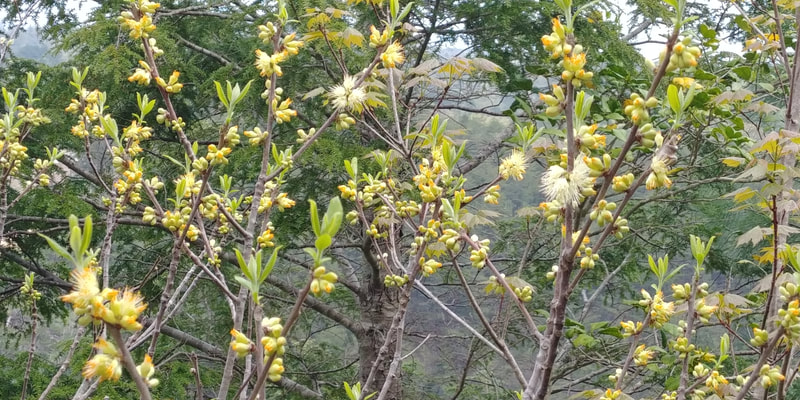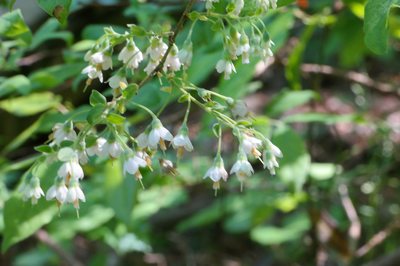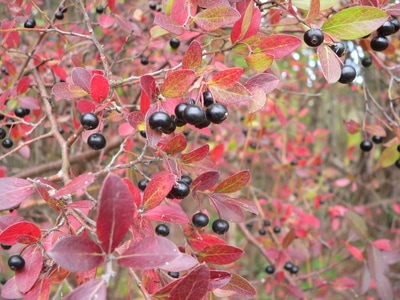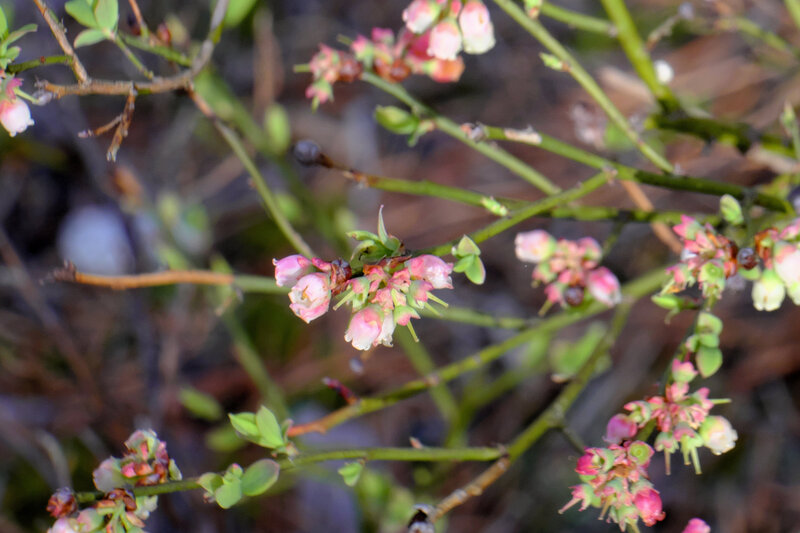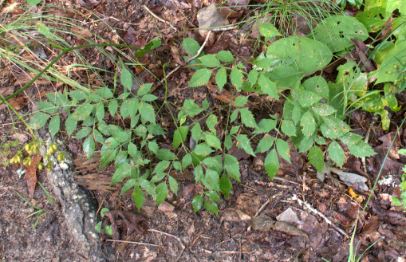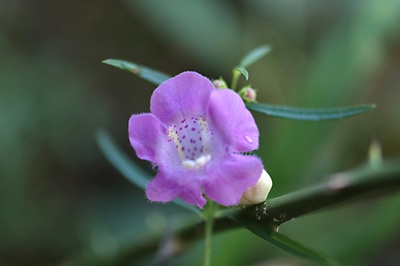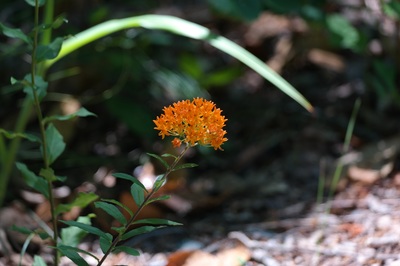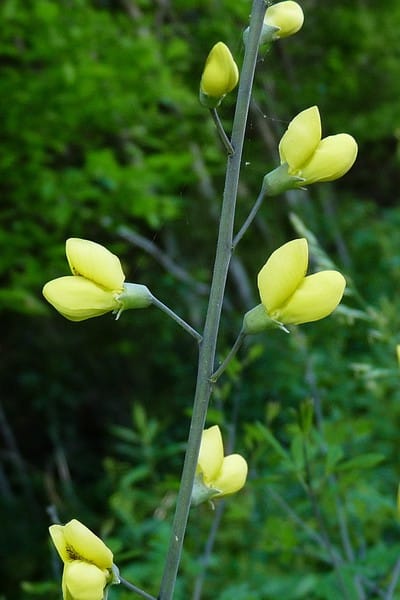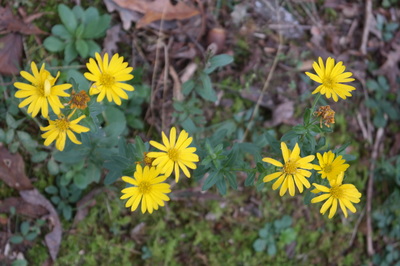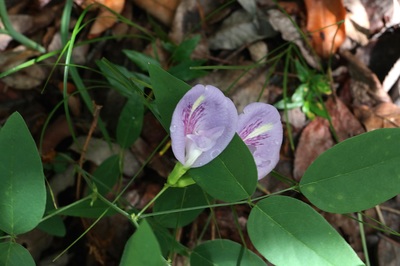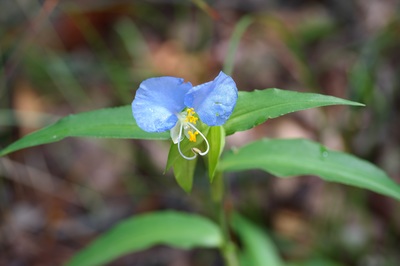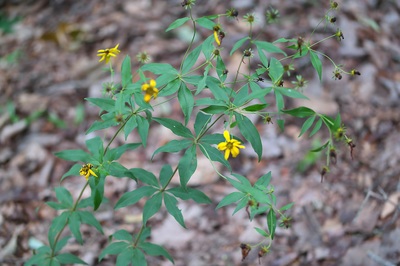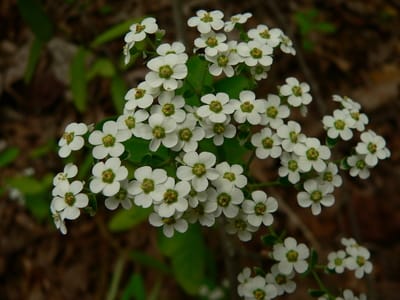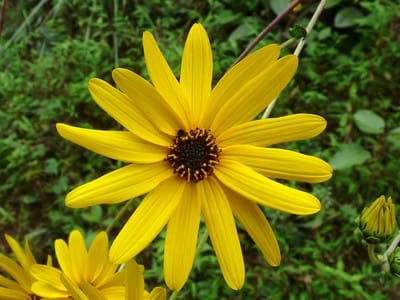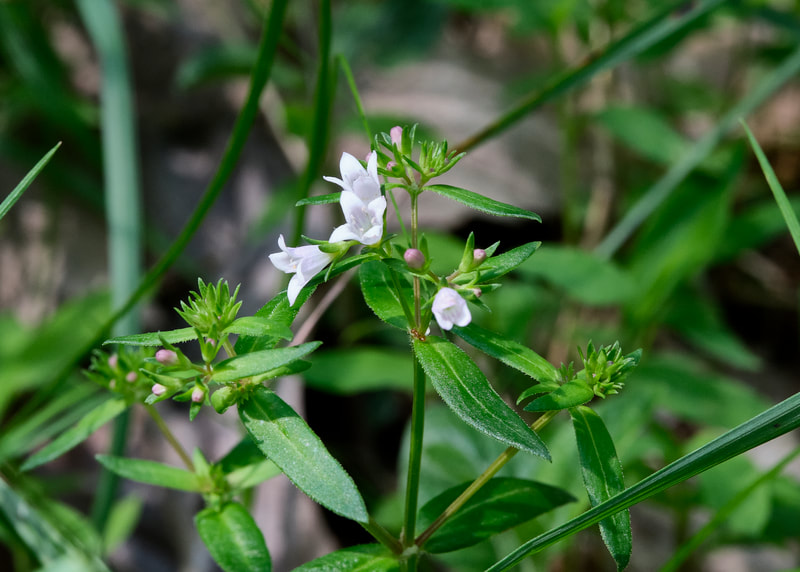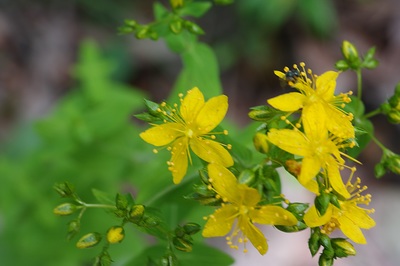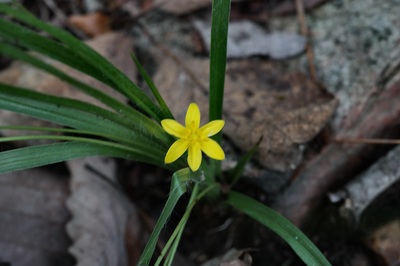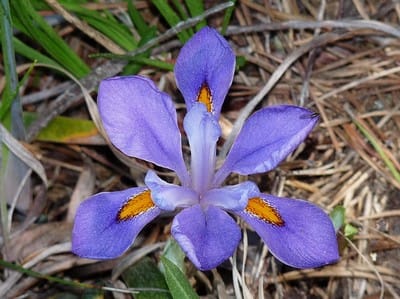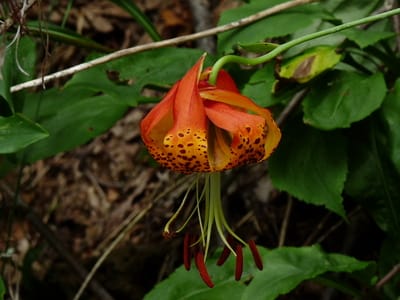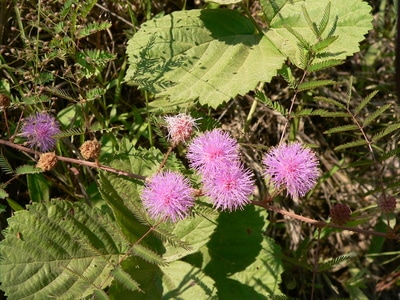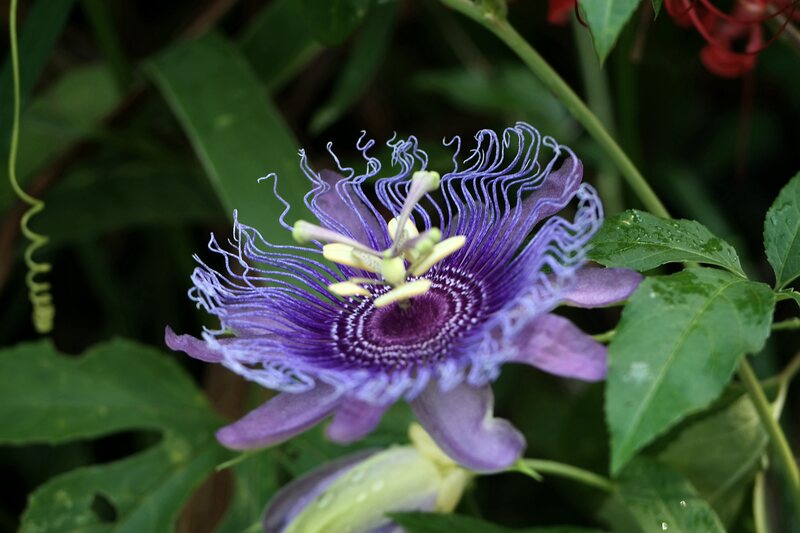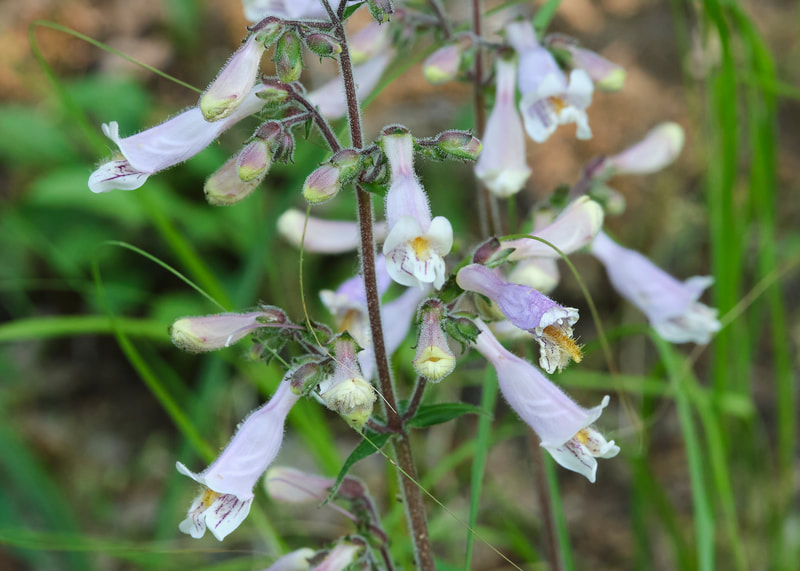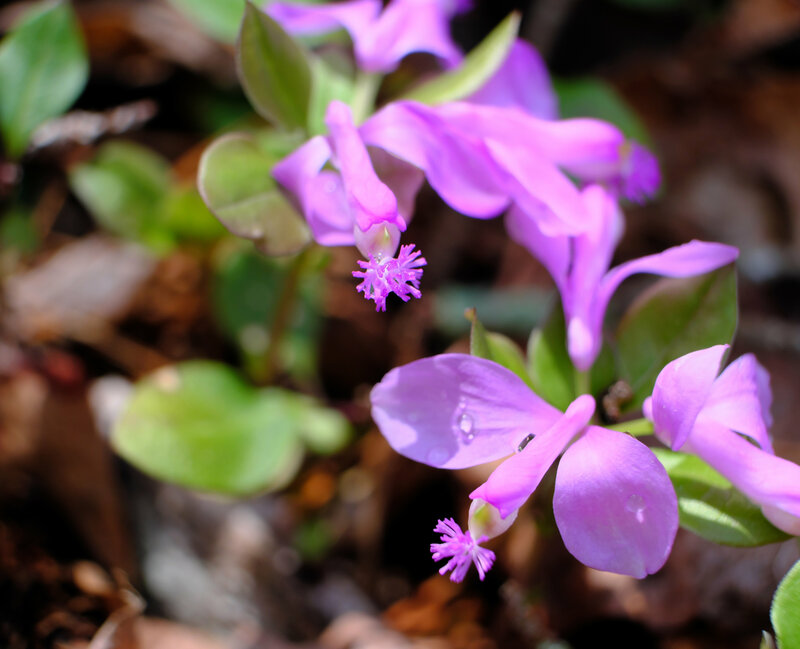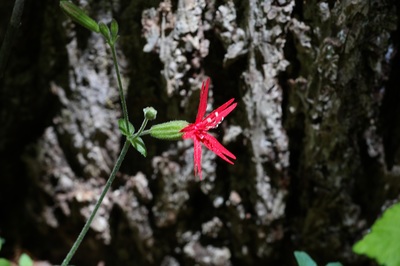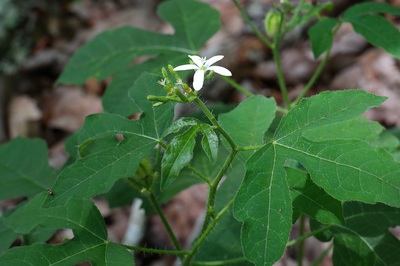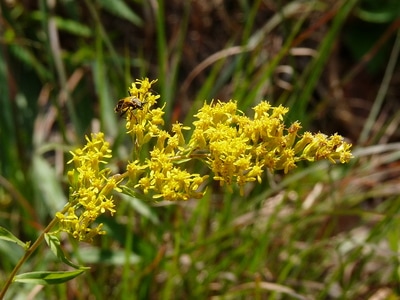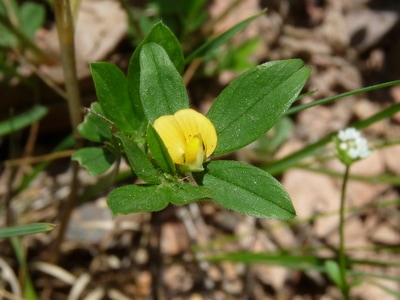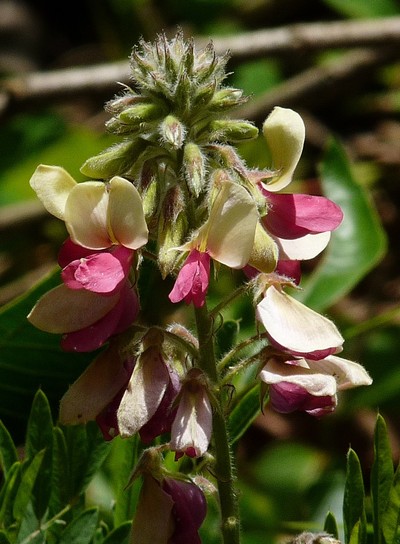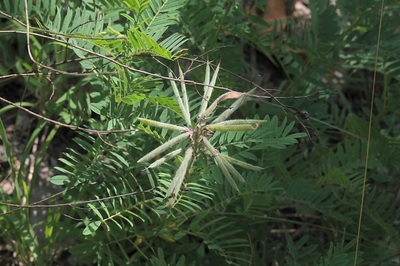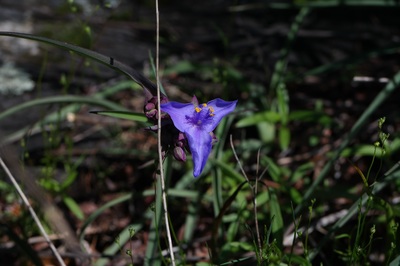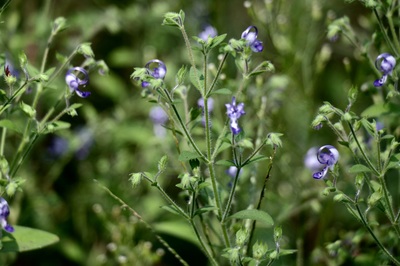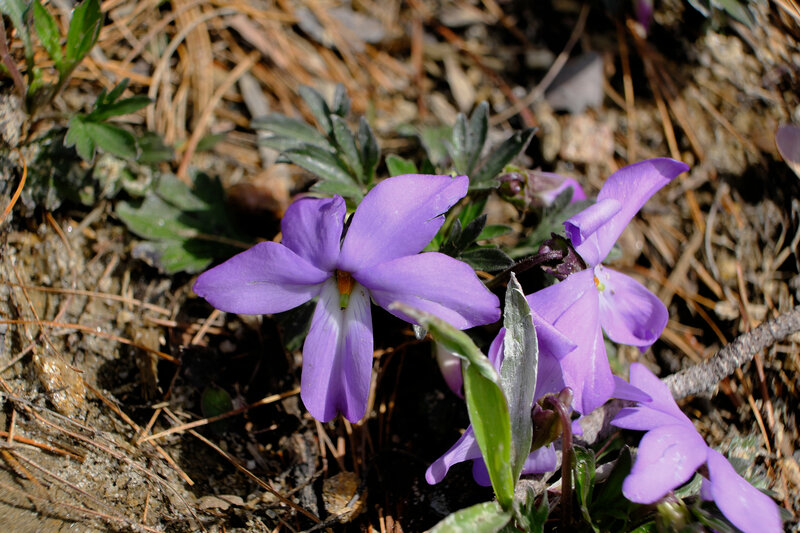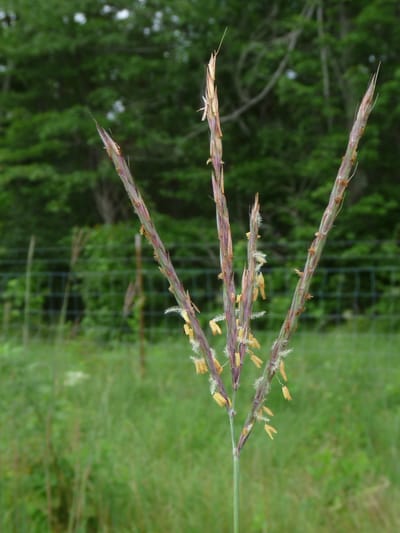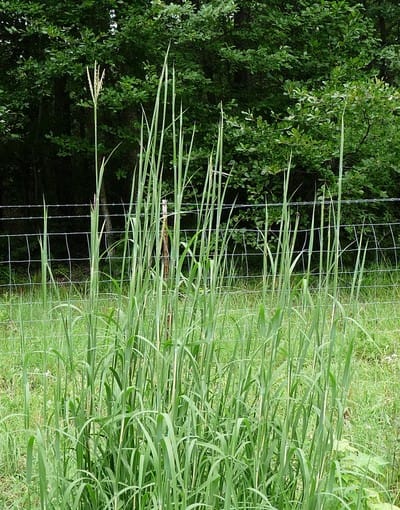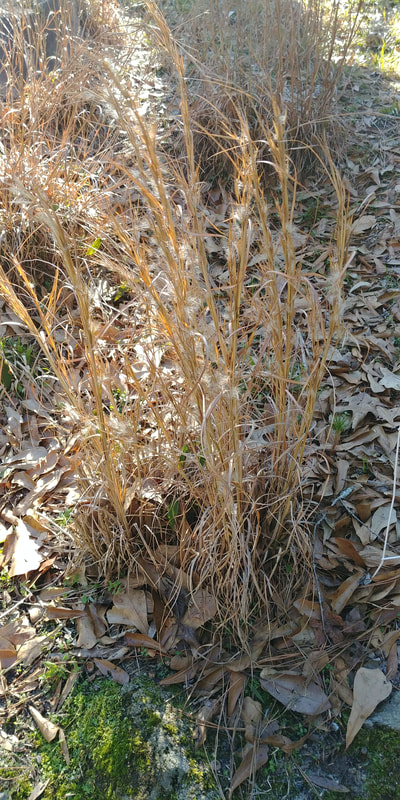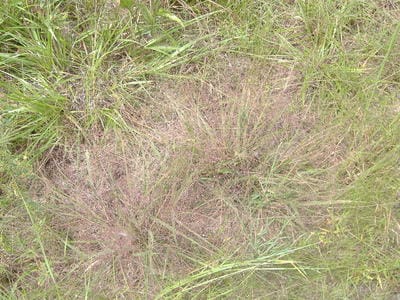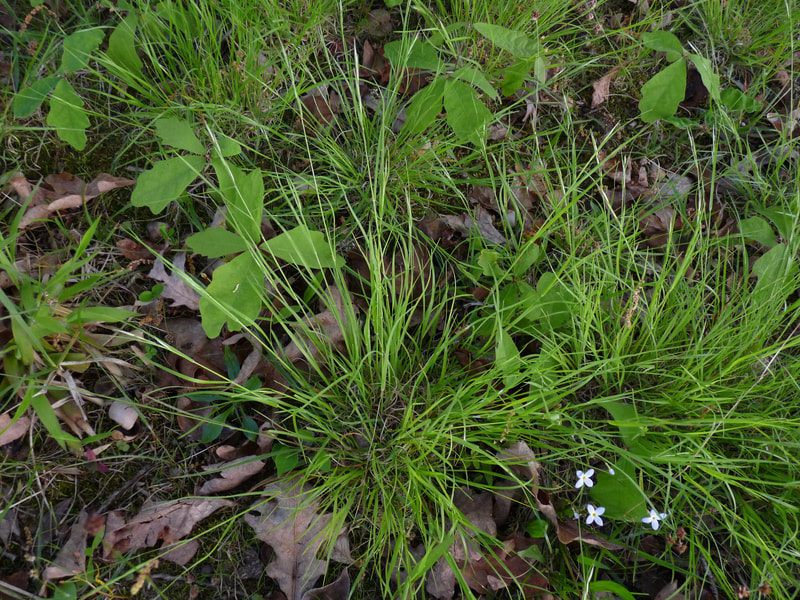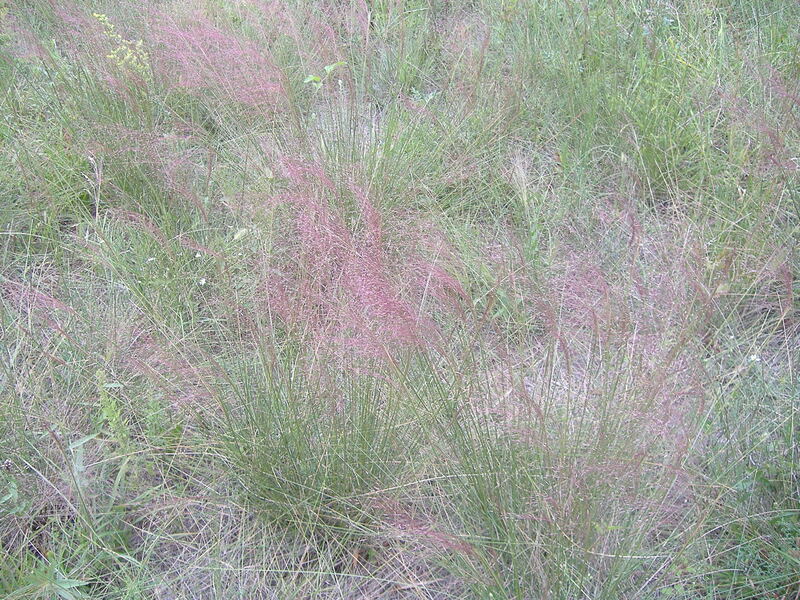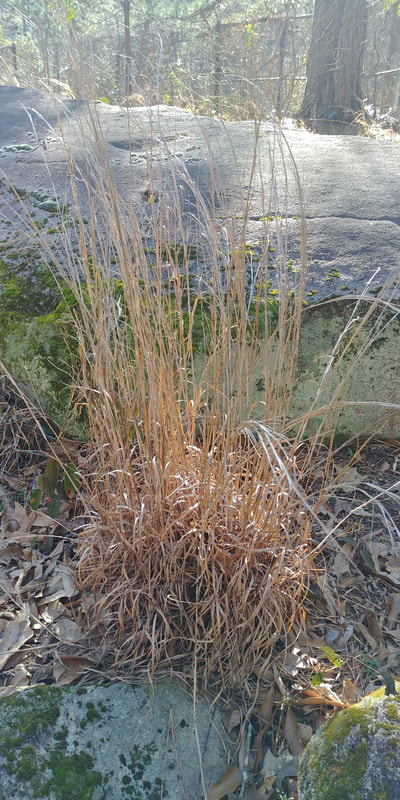Blue Ridge Pine-Oak Woodlands Blue Ridge Pine-Oak Woodlands have widely spaced trees that let large amounts of light on to the woodland floor. Pines and dry-site oaks dominate. Usually the shrub layer is sparse, allowing a lush ground cover to develop, although sometimes acid-loving shrubs form a dense cover. These woodlands grow on dry, acidic sites such as sharp ridges or south-facing slopes with stony, thin soils. These sites are exposed and prone to lightning strikes, ice, and wind-throw. Prescribed fire is typically needed to keep the landscape open and pine dominated, except on some very stony sites.
Indicator species: Shortleaf pine, Table Mountain pine, Pitch pine, Virginia pine What's special: The combination of trees and lush ground cover allowed by the sunlight reaching the forest floor creates many different habitats for wildlife, adding important plant and animal diversity to the landscape. Pitch pine and Table Mountain pine are unusual farther south, and add a distinctive element to these woodlands when present. Conservation: These communities are high-priority conservation habitats. They were once more common in the Blue Ridge landscape, but fire exclusion has made them rarer. Prescribed fire is the most important management strategy to preserve these sites and stands should be conserved rather than clearing and development. Related Communities: As tree cover gets more dense, this community grades into Oak Forest. As tree cover thins, the woodland will take on a grassland/savanna quality. An abundance of white ash, eastern red cedar, and hickories would indicate that there is mafic rock present creating a Mafic Domes community. |
Landscapes
Birds
|
|
Plants Click on a plant name to see plant images. Plant names are listed in order by scientific name. Trees Pale hickory Carya pallida Downy serviceberry Amelanchier arborea Sourwood Oxydendron arboreum Shortleaf pine Pinus echinata Table Mountain pine Pinus pungens Pitch pine Pinus rigida White pine Pinus strobus Virginia pine Pinus virginiana Scarlet oak Quercus coccinea Southern red oak Quercus falcata Blackjack oak Quercus marilandica Rock chestnut oak Quercus montana Post oak Quercus stellata Black oak Quercus velutina Shrubs New Jersey tea Ceanothus americanus Trailing arbutus Epigaea repens (a sub-shrub) Black huckleberry Gaylussacia baccata Mountain laurel Kalmia latifolia Great rhododendron Rhododendron maximum Gorge rhododendron Rhododendron minus Winged sumac Rhus copallinum Horse sugar Symplocos tinctoria Sparkleberry Vaccinium arboreum (unlike most Vaccinium, often on mafic, ultramafic, or calcareous as well as acidic rocks) Hillside blueberry Vaccinium pallidum Deerberry Vaccinium stamineum (unlike most Vaccinium, often on mafic, ultramafic, or calcareous as well as acidic rocks) Ground Layer Wildflowers Purple gerardia Agalinis purpurea Slender gerardia Agalinis tenuifolia Hemp dogbane Apocynum cannabinum Butterfly weed Asclepias tuberosa White milkweed Asclepias variegata Honesty weed Baptisia tinctoria Spurred butterfly pea Centrosema virginianum Maryland golden-aster Chrysopsis mariana Butterfly pea Clitoria mariana Erect dayflower Commelina erecta Woodland coreopsis Coreopsis major Hyssopleaf eupatorium Eupatorium hyssopifolium Late flowering boneset/thoroughwort Eupatorium serotinum Eastern flowering spurge Euphorbia corollata Appalachian sunflower Helianthus atrorubens Small-headed sunflower Helianthus microcephalus Quaker ladies Houstonia caerulea Summer bluet Houstonia purpurea Veiny hawkweed Hieracium venosum Yellow stargrass Hypoxis hirsuta Upland dwarf iris Iris verna Hairy lespedeza Lespedeza hirta Downy trailing lespedeza Lespedeza procumbens Smooth trailing lespedeza Lespedeza repens Dense blazing star Liatris spicata Blazing star Liatris squarrosa Carolina lily Lilium michauxii Downy lobelia Lobelia puberula Sensitive briar Mimosa microphylla Common wild quinine Parthenium integrifolium Maypop Passiflora incarnata Southern beardtongue Penstemon australis Silkgrass Pityopsis graminifolia Gaywings Polygaloides passiflora Fragrant rabbit tobacco Pseudognaphalium obtusifolium Black-eyed Susan Rudbeckia hirta Fire pink Silene virginica Rosinweed Silphium compositum Horse nettle Solanum carolinense Tall goldenrod Solidago altissima Eastern gray goldenrod Solidago nemoralus Licorice goldenrod/Fragrant goldenrod Solidago odora Eastern silvery aster Symphyotrichum concolor Common clasping aster Symphyotrichum patens Frost aster Symphiotrichum pilosum Pencil-flower Stylosanthes biflora Virginia goat's-rue Tephrosia virginiana Hairy spiderwort Tradescantia hirsuticaulis Blue curls Trichostema dichotomum Bird's-foot violet Viola pedata Grasses Splitbeard bluestem Andropogon ternarius Bushy bluestem Andropogon gerardii Broomsedge Andropogon virginicus Poverty oat-grass Danthonia spicata Silky oat-grass Danthonia sericea Bigtop lovegrass Eragrostis hirsuta Eastern beard grass Gymnopogon ambiguus Eastern needlegrass Piptochaetium avenaceum Little bluestem Schizachyrium scoparium Yellow Indiangrass Sorghastrum nutans Purpletop/Greasy grass Tridens flavus Ferns Bracken fern Pteridium latiusculum |
Representative Trees in order by scientific name
Representative shrubs in order by scientific name
Ground layer in order by scientific nameGrasses in order by scientific name
|

